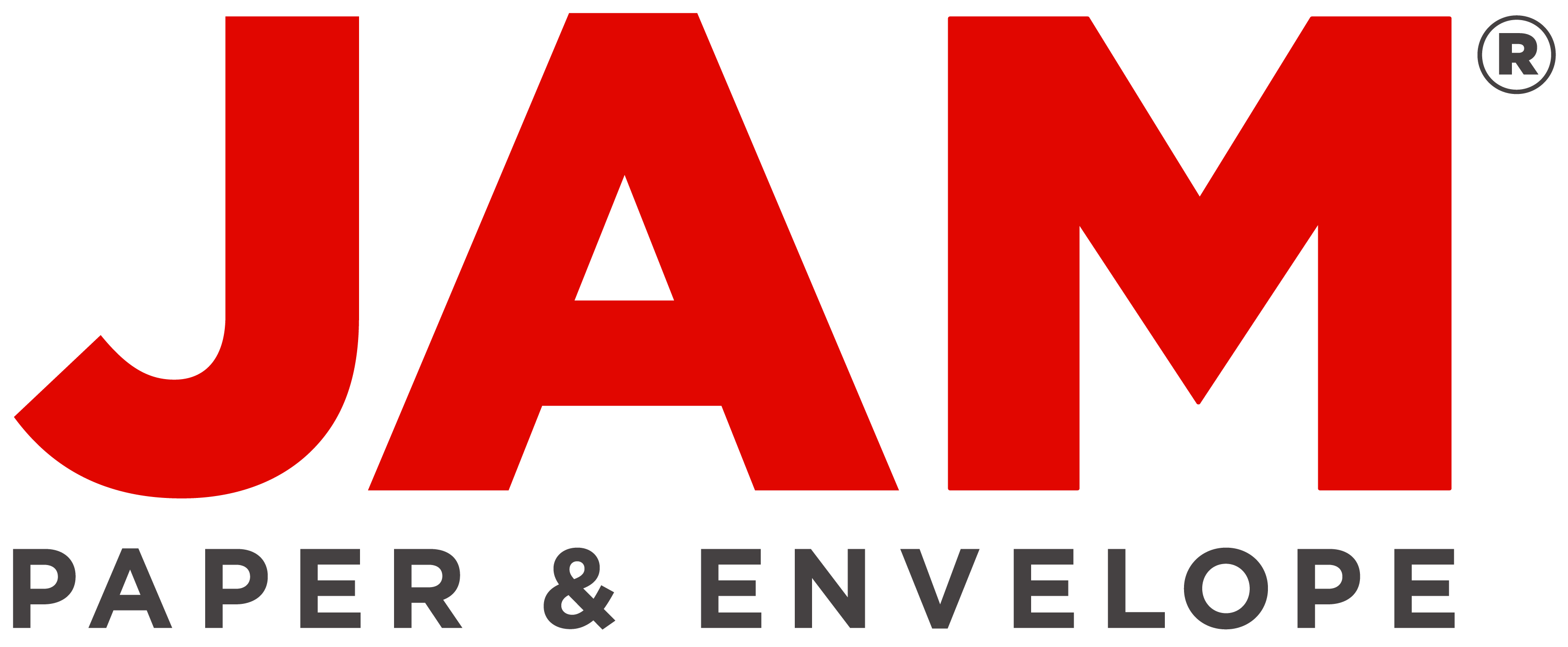Types of Paper for School: A Comprehensive Guide
- By JAM Paper
- Jun 13, 2024
Types of Paper for School: A Comprehensive Guide
When it comes to choosing the right types of paper for school, there are several options to consider. From lined and graph paper to construction paper and cardstock, each type serves a specific purpose and offers unique benefits. Lined paper, for example, is essential for practicing handwriting and taking notes, while graph paper is ideal for math and science classes. Construction paper and cardstock are perfect for art projects and presentations. By understanding the different types of paper available, students can ensure they have the right supplies for their academic needs.
The Benefits of Using Quality Paper
Using high-quality paper for school assignments and projects offers numerous benefits. Quality paper is more durable and less likely to tear or rip, ensuring that students' work remains intact. It also provides a better surface for writing and drawing, resulting in neater and more legible work. Additionally, using the appropriate paper for specific tasks, such as graph paper for math assignments, can improve organization and comprehension. Investing in quality paper can ultimately enhance the overall academic experience for students.
Practical Use Cases for Different Types of Paper
Each type of paper has its own practical use cases in a school setting. Lined paper is essential for note-taking and practicing handwriting, while graph paper is perfect for plotting graphs and solving math problems. Construction paper and cardstock are commonly used for art projects, presentations, and crafting. Understanding the practical applications of each type of paper can help students choose the right supplies for their specific assignments and projects.
Exploring Alternatives to Traditional Paper
While traditional paper is essential for many school tasks, there are also alternative options to consider. Digital note-taking and assignments are becoming increasingly popular, offering convenience and organization. Additionally, environmentally-friendly options such as recycled paper and sustainable alternatives provide students with eco-conscious choices for their academic needs. Exploring these alternatives can expand students' options and align with their personal values.
Tips for Using Different Types of Paper Effectively
Using different types of paper effectively involves understanding their unique properties and applications. For example, using a ruler with graph paper can ensure accurate graphs and diagrams, while using the appropriate line spacing on lined paper can improve handwriting. Organizing and storing different types of paper in separate folders or binders can also help students stay organized and prepared for various assignments. By following these tips, students can make the most of their paper supplies.
Additional Considerations for Choosing Paper for School
When choosing paper for school, it's important to consider factors such as weight, texture, and color. Heavier-weight paper is more durable and suitable for projects that require sturdiness, while textured paper can add visual interest to presentations and artwork. Additionally, choosing paper in different colors can enhance creativity and personalization. By considering these additional factors, students can select the best paper for their academic needs.
















